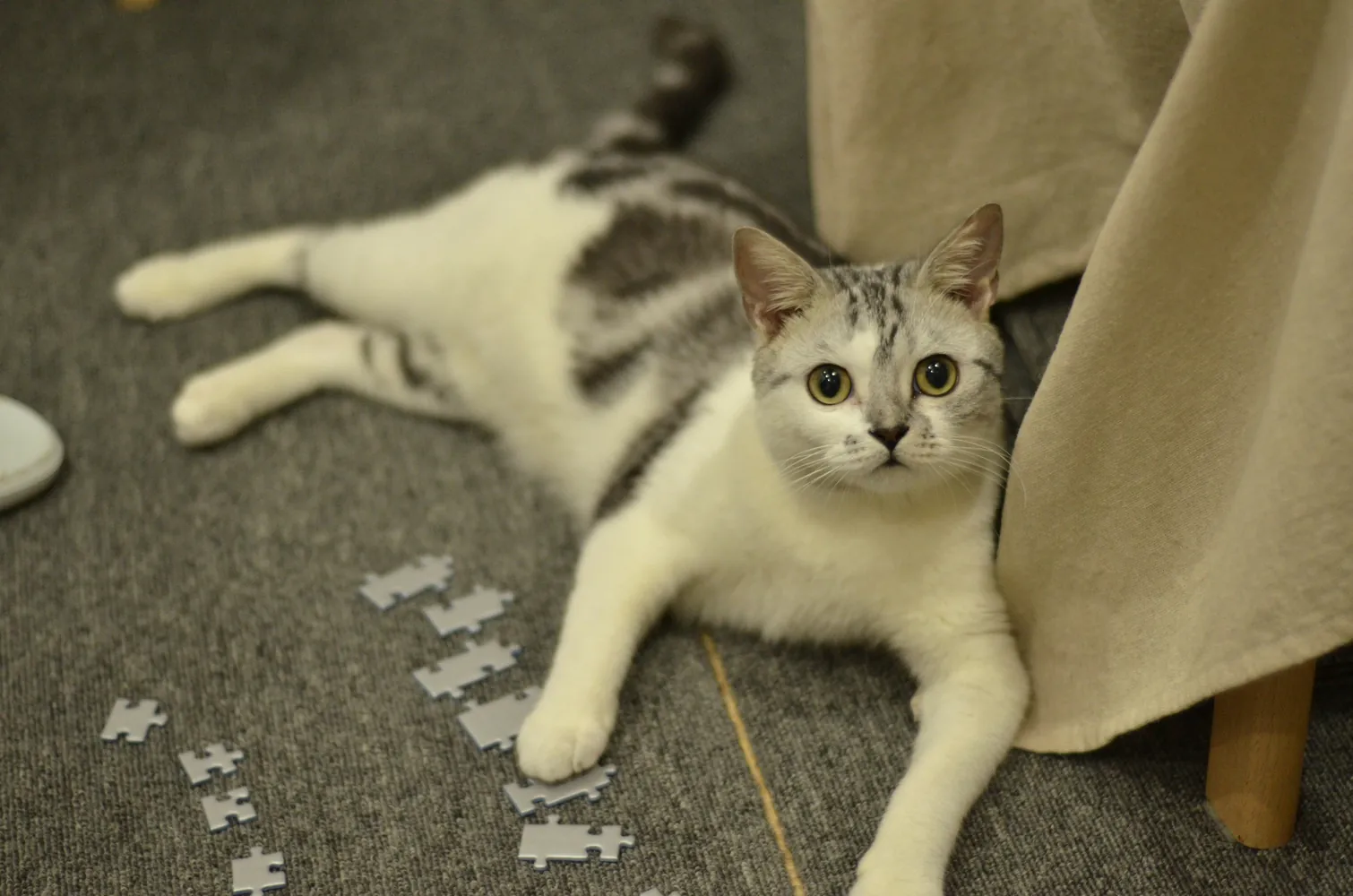The Importance of Interactive Play in Understanding Cats' Needs

Understanding the Unique Nature of Feline Play
Cats are known for their mysterious and independent nature, yet they are also playful creatures that require mental and physical stimulation. Unlike dogs, who may engage readily with almost any type of play, cats can be selective and their preferences often reflect deeper aspects of their personality and instincts.
The Role of Play in a Cat's Life
Interactive play is not just a leisure activity for cats; it's an essential aspect of their daily routine that affects their health and well-being. Through play, cats express their predatory instincts, improve their physical fitness, and maintain their mental sharpness. Ignoring these needs can lead to behavioral problems such as aggression or anxiety.
Moreover, play helps in strengthening the bond between a cat and its owner. It becomes an opportunity to understand what makes your feline friend tick, what they fear, what excites them, and what comforts them. These insights can guide you in providing an environment that meets their emotional and physical needs.
Identifying Your Cat's Play Style
Not all cats play the same way. Their individual play style often mirrors their personalities. Some are 'chasers', driven by fast-moving objects; others are 'stalkers', preferring toys they can pounce on after a slow and deliberate approach.
Chasers
'Chaser' cats are often energetic and enjoy games that involve rapid movements. They thrive on toys that mimic the quick darting movements of prey. Laser pointers, wand toys with feathers, or battery-operated toys that move erratically can captivate them for hours.
Stalkers
'Stalker' cats, on the other hand, exhibit patience and prefer strategic play. They enjoy toys they can hide behind or under, gradually creeping towards them before executing a calculated attack. Puzzle feeders or slow-moving toys work well for these kitties.
Choosing the Right Toys for Your Cat
Selecting toys that align with your cat's natural instincts is crucial. It not only enhances engagement but also ensures your cat remains active and healthy. Here’s a checklist to help you choose the right toys:
- Consider Safety: Ensure toys do not have small parts that can be swallowed.
- Encourage Exploration: Choose toys that stimulate curiosity and problem-solving.
- Engage the Senses: Opt for toys that appeal to sight, sound, and touch.
- Durability: Look for toys made from materials that withstand rough play.
Scenario: Introducing a New Toy
Let's imagine you're introducing a new toy to your cat. Start by leaving it in a spot where they can discover it independently. Observe how they react. If they're curious but cautious, try playing with it yourself to show it's safe and fun. Gradually involve them in direct interaction with the toy. This method respects their comfort levels while encouraging exploration.
The Impact of Regular Play on Cat Behavior
Cats without sufficient play can become bored, leading to destructive behavior such as clawing furniture or excessive vocalization. Regular interactive play sessions help prevent these issues by keeping their minds engaged and bodies active.
Behavioral Benefits of Play
- Reduces Stress: Playtime acts as a stress reliever, helping to mitigate anxiety-related behaviors.
- Encourages Socialization: Engaging with different toys can make cats more adaptable and less skittish in new situations.
For example, playing 'fetch' with your cat using small balls can not only satisfy their hunting instincts but also help in making them more confident around different people and environments.
Setting a Play Routine
Establishing a regular play schedule is key to keeping your cat healthy and happy. Here is a suggested workflow for creating an effective play routine:
- Dedicate at least 15-20 minutes twice a day for interactive play.
- Rotate toys weekly to keep things interesting.
- Pay attention to your cat's cues; end play sessions if they become overstimulated.
This routine ensures your cat receives adequate exercise and mental stimulation, reducing the risk of obesity and related health issues.
Adapting Play Strategies for Indoor Cats
Indoor cats have limited opportunities to engage with natural elements compared to their outdoor counterparts. As such, it's important to replicate these experiences as much as possible within your home environment.
Creating Enrichment Opportunities
Incorporate elements like scratching posts, climbing towers, or window perches into your home. These not only serve as outlets for physical activity but also provide mental stimulation by allowing cats to observe their surroundings from a vantage point.
Example: Building an Obstacle Course
Create a simple obstacle course using everyday household items like boxes or paper bags. Encourage your cat to navigate through this homemade maze by using treats or favorite toys as lures. This exercise keeps them engaged while promoting agility and problem-solving skills.
Understanding the Emotional Aspects of Play
Cats also play to express emotions such as joy or frustration. Paying attention to these expressions during play can provide insights into their emotional well-being.
The Bonding Experience
Interactive play can strengthen your relationship with your cat. Engage with them during play by mimicking their actions—this mutual interaction builds trust and affection. Remember, each cat is unique; some may enjoy high-energy activities, while others may prefer quieter, more contemplative games.
Through understanding and observing your cat's play behaviors, you not only enrich their lives but also become attuned to their needs, creating a nurturing environment where they can thrive both physically and emotionally.
